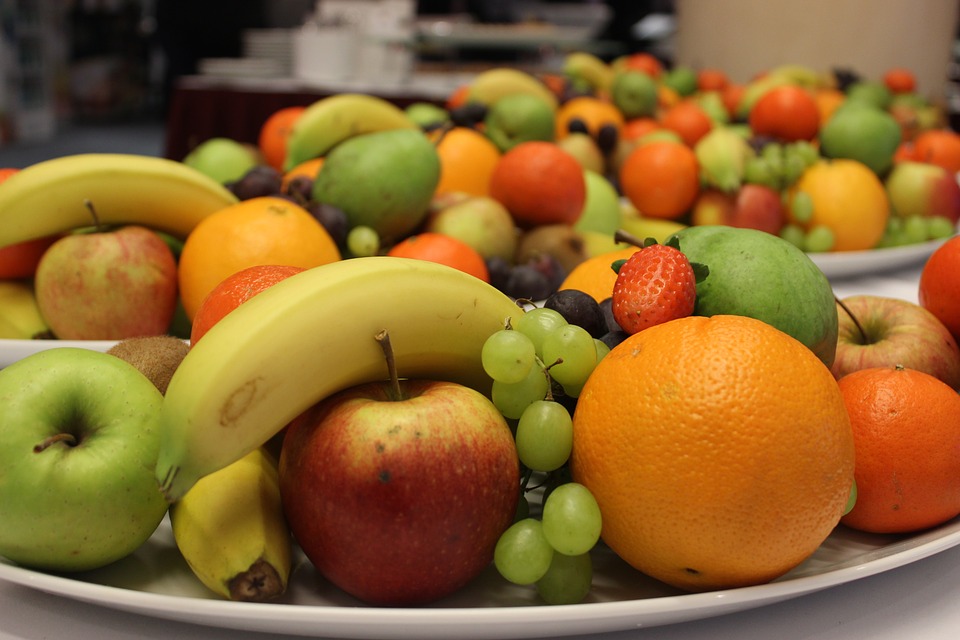Food is among the basic need according to Maslow’s Hierarchy of Needs. In the World Economic Forum (WEF) held in 2015 launched the Global Challenge on Food Security and Agriculture. The forum attended by 1400 leaders in over 500 organizations in 19 countries. This is in support of The Sustainable Development Goals call for Ending Hunger + Ensuring Sustainable Food Systems by 2030, a global initiative of the world economic forum (WEF). In its global agenda, “Shaping the Future of Global Food Systems: A Scenarios Analysis,” reported as the Two Most Critical Uncertainties is the Demand Shift. As discussed, one of the key elements of the Demand Shift as uncertainty is that, will food production be able to respond to changing consumer demand that includes less food waste and energy consumption? In WEF’s focal question in building scenarios of the global food systems, it captures the core issue: How will food systems nutritiously and sustainably feed 8.5 billion people in 2030? Yet, more and more people think less of this core issue and still have food waste. Another scenario is the Open-source Sustainability, which is a combination of resource-efficient consumption. A stronger global economy’s indications of food loss and waste as an early sign that there indeed is a shift to reality: that food loss and waste decrease to 5% of global production. This largely is attributed to market efficiencies as supported by new trend and technologies, including movements towards personalized nutrition and health care, tot more people using mobile apps in their drive to uphold their shopping and eating habits. Consumer waste has also decreased due to certain States and Countries’ policies that give incentives such as reduced taxes.
read more Bangladesh: Environmental induced migration and its effects
In the key findings of the Food and Agriculture Organization of the United Nations (FAO), roughly one-third of the food produces in the world for human consumption every year, with approximately 1.3 a billion tonnes of food is lost or wasted. Around US$ 680 billion in industrialized countries and US$ 310 billion in developing countries sums up the food losses and waste amounts. Among the highest wastage rates of any food are fruits and vegetables, plus roots and tubers. In the global quantitative food losses and waste per year, approximately 30% for cereals, 40-50% for root crops fruits and vegetables, 20% for oilseeds, meat and dairy products plus 35% for fish. In this finding alone, the amount of food lost or wasted every year is equivalent to more than half of the world’s annual cereals crop. Astoundingly, every year, in rich countries, its consumers waste is almost as much as 220 million tonnes, as much as the entire net production of sub-Saharan African countries of 230 million tonnes of food.
read more The Road to Sustainable Energy Production in Bangladesh
Food loss and waste equal to a major waste of resources, including water, land, energy, labor and capital and needlessly produce greenhouse gas emissions, all are contributors to global warming and climate change. In the FAO findings of per capita, food losses and waste in different regions, among the highest region are North America & Oceana and Europe: that their food currently wasted could feed 300 million and 200 million respectively. In a nutshell, FAO’s position in raising awareness among industries, retailers, and consumers as well as finding the beneficial use for food that is presently thrown away are useful measures to decrease the number of losses and waste.
writer Lea B. Galvez De La Salle University, Manila, Phillipine.
